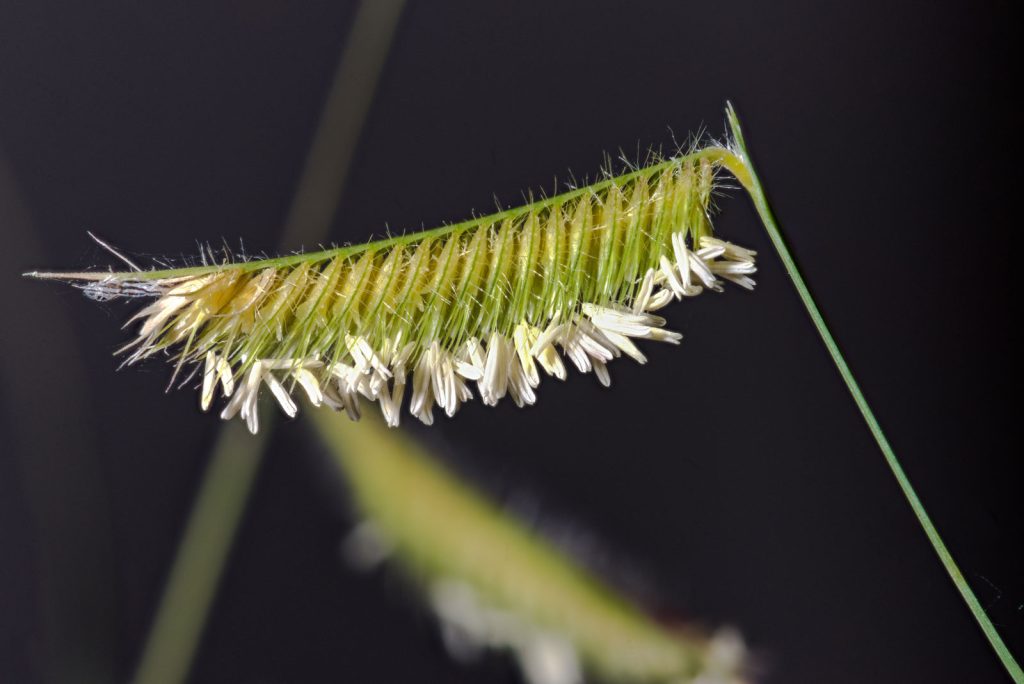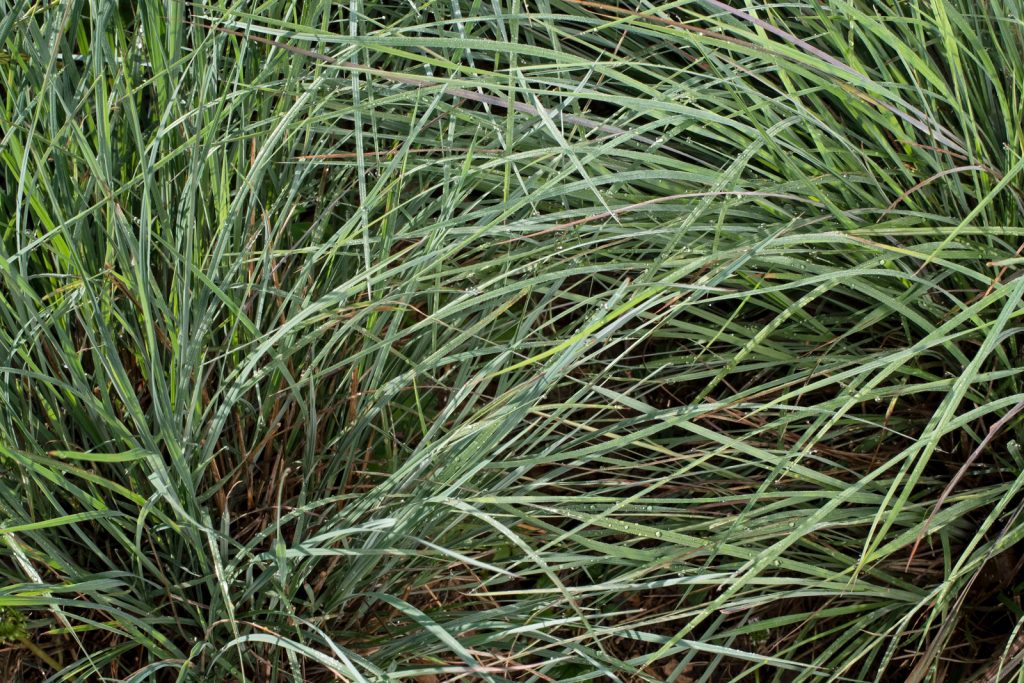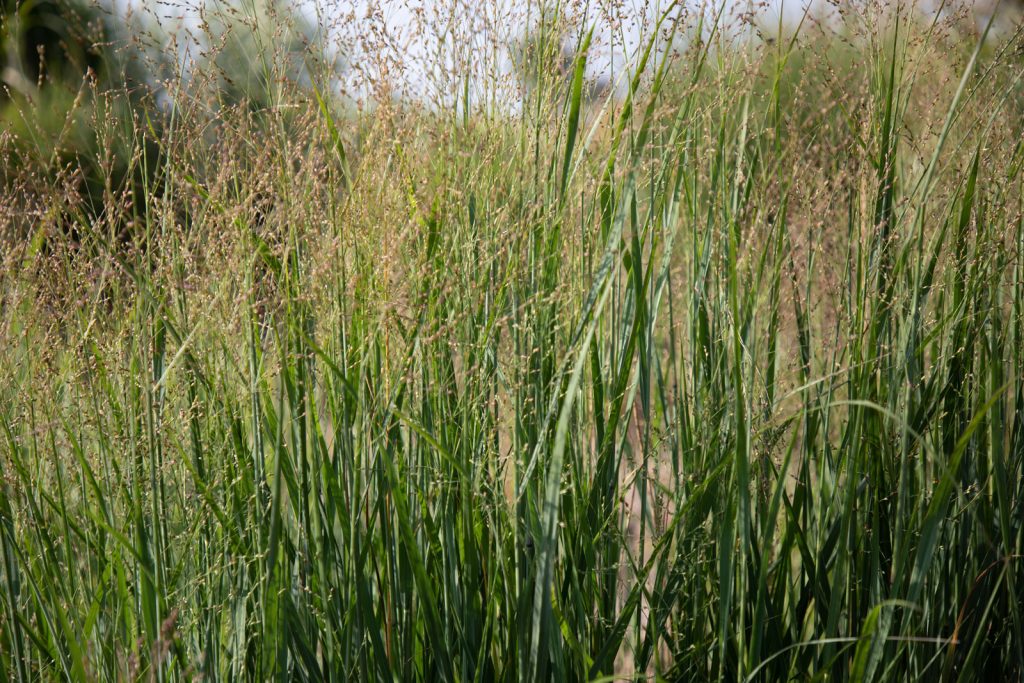Embracing sustainability means selecting plants that not only beautify but also thrive in challenging conditions. Depending on your geographic location these are five drought-resistant native grasses to consider for your project:
1. Blue Grama Grass: Known for its fine texture and attractive seed heads, Blue Grama Grass is a resilient choice for dry landscapes. It forms compact tufts of blue-green foliage, producing delicate flowering stems that dance in the breeze. Blue Grama Grass requires minimal water once established, making it an eco-friendly option for sustainable landscapes.

2. Little Bluestem: With its striking blue-green foliage that transitions to a warm bronze hue in the fall, Little Bluestem adds visual interest throughout the seasons. This native grass adapts well to various soil conditions, including sandy and clay soils, and is drought-tolerant once established. Its deep root system enhances soil stability and provides habitat for beneficial insects.

3. Switchgrass: Versatile and sustainable, Switchgrass is prized for its ornamental value, ecological benefits, and biofuel potential. This tall, clump-forming grass features airy seed heads that add texture and movement to the landscape. Switchgrass is highly adaptable and thrives in dry conditions (depending on variety), making it an excellent choice for water-wise landscaping.

4. Indiangrass: Tall and graceful, Indiangrass is valued for its golden seed heads and stunning fall color. This drought-tolerant grass performs well in dry, sandy soils, where it provides food and habitat for wildlife. Indiangrass is a resilient species that contributes to ecosystem health and promotes biodiversity in native landscapes.

5. Sideoats Grama: Characterized by its oat-like seed spikes that adorn slender stems, Sideoats Grama adds texture and visual interest to dry landscapes. This native grass forms dense clumps of foliage and requires minimal water once established. Sideoats Grama is an excellent choice for erosion control and soil stabilization projects.

Combining these drought-resistant native grasses in your landscape design offers numerous benefits, including increased biodiversity, improved soil health, and reduced water consumption. By creating diverse plant communities that mimic natural ecosystems, you can enhance the resilience and sustainability of your outdoor spaces while supporting local wildlife. When considering these species for your project be sure to use varieties of these species that are suited for the hydrology and geographic location of your project. Contact ANS for help with making these decisions.
Consider incorporating these native grasses into your Conservation Reserve Program (CRP) seed mixes to maximize their ecological impact. ANS specializes in providing CRP establishment services and offers a variety of seed mixes tailored to your specific conservation goals. Contact us today to learn more about integrating native grasses into your landscape design and promoting sustainable land management practices.
